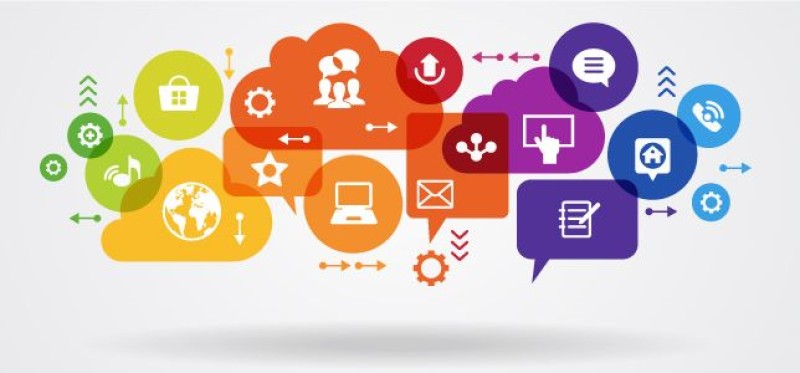Most of today’s consumers are familiar with Apple’s Siri platform, which enables iPhone users to convert voice commands into digital action. But, as speech technology begins to penetrate the end-user market on both the personal and business ends of the spectrum, consumers also run the risk of disenchantment, as demand rarely aligns with the true speed of progress.
For most users, such developing speech capabilities are treated as playthings designed for their general amusement. Apple’s Siri opened up speech technology to many people who would not otherwise have access to the technology. This, however, became a double-edged sword for those working in the speech world, as it was found that Siri was engaged by users as more of a toy than a usable technology. What the masses fail to realize, however, is that speech technology reaches far beyond the palm of their hand.
Over the years, speech technology and the analytical processes that drive its evolution have grown to be integral elements within the contact center. Yet, while service professionals have put time and effort into expanding their support offerings alongside social and mobile advancements, many continue to neglect the untapped wealth of data that comes from voice calls. Much like their end-user counterparts, companies often fail to recognize the powerful tool at their disposal.
Generally, most companies that employ speech technology and analytics do so for quality assurance purposes. Said businesses record customer service calls so they may tap into their sample later on for contact center associate training and keyword analysis. But, because of the unstructured nature of such data, companies continue to gravitate toward quantifiable, transactional data.
Voice data, on the other hand, not only carries the most granular insight into the customer mindset, but it also offers the opportunity to deliver results in real time. However, this large, non-monetized data asset—conversations between the company and the customer—is typically seen as a necessary evil, despite its rich core. Organizations rarely have the manpower or necessary systems in place to manage such hard to sift material, thereby making data extraction difficult and time-consuming. Traditionally, only large companies have been able to implement the appropriate technologies needed to successfully parse conversations for relevant, actionable information. But, as easier access to cheaper solutions becomes the norm, speech analytics now has the potential to regain its rightful place within the enterprise.
By tapping into systems that can detect sentiment and behavioral patterns in the moment, companies can now infuse interactions with the consumers’ voice data while they’re still speaking. Instead of creating reports after the fact, these new analytical tools allow associates to implement best practices and deliver real-time responses as the conversation occurs. Such systems can detect keywords that may indicate the consumers’ churn potential or desire to purchase, thereby prompting the associate with calls to action so they may seize the opportunity to alter the customer experience for the better.
Ultimately, such technologies and analytical capabilities enable organizations to tap into the data they’ve overlooked and ignored for so long. Recordings and real-time conversations have the potential to drive great change, for this direct feedback offers the most concrete insight into what consumers seek from their brand interactions. Yet, while companies always boast about their voice of the customer strategies, few truly put the customers’ actual voice to good use. Brands must return to the contact center’s roots and reconnect with the most basic of customer service interactions so they may finally reintroduce the ‘voice’ to their VOC initiatives.
Also, check out the most recent issue of our e-newsletter.
Related Content:
White Paper: Why Customers Love to Hate the IVR
Case Study: From Zero to Hero with Self-Help Solution
Putting the ‘Voice’ Back in Voice of the Customer















